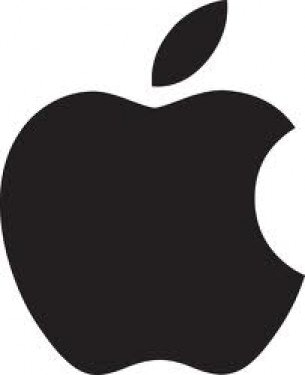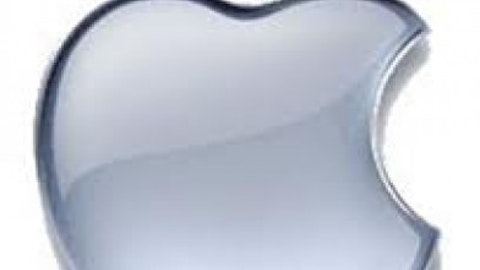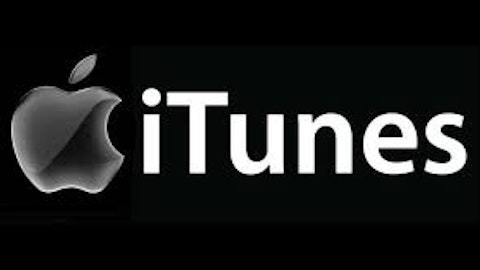I am quite sure that I was no different from most people in my thinking of Apple Inc. (NASDAQ:AAPL) as one of the most innovative businesses in the world. However, upon closer investigation, it is pretty easy to find that many of Apple’s supposedly innovative advances actually resulted from acquisitions. The current McIntosh operating system was built around NeXT, which was acquired in 1996 from Steve Jobs, who returned to Apple Inc. (NASDAQ:AAPL) as part of the deal, and the touch sensitive technology was obtained with the 2005 acquisition of FingerWorks, which had invented and patented it, and the voice recognition and speech technology, Siri, was acquired in 2010. How Apple acquired these technologies is unimportant; how it applied them is critical to its market leadership.
Apple is cheap as it is
Future prospects are an important consideration prior to making any investment and are almost universally considered, while present value is often given insufficient weight by investors. What we pay for a business when we enter a position is just as important as the future value when it comes to investors’ profits. Apple Inc. (NASDAQ:AAPL) is cheap today at a price to current year earnings multiple of 11.2. However, after discounting this ratio for the approximate $140 billion in cash and short-term investments held offshore, the P/E multiple for 2013 is a ridiculously low 7.4 times earnings.
As if that would not be enough to entice most investors, the projected five year earnings growth rate for Apple Inc. (NASDAQ:AAPL) is a robust 15.1%–more than double the current P/E ratio after subtracting cash on hand. It is almost unimaginable that one of the iconic brands of our time could be valued so cheaply, but it is. If Apple Inc. (NASDAQ:AAPL) simply used its $140 billion in cash and sold $275 billion in bonds at 4% interest, it could buy all of the company’s shares at the current price, pay the $11 billion per year in interest, and still have around $26 billion left over; providing it with an 18% return on the $140 billion. While this will not happen, it provides an excellent example of how inexpensive the current market valuation of this business is; it could double in value and still not be expensive.
Buying more innovation
While Apple is not going to buy itself, the current market presents some wonderful opportunities for Apple to acquire its next round of innovative technology at bargain basement prices. A quick review of Apple’s suppliers revealed two names that I think would fit quite well with the past acquisition strategy of Apple and contribute enormously to its future growth and product advancement. In order to meet this criteria, these potential targets need to be leaders in the technology they provide and have products and services that will contribute effectively to Apple’s future growth and profitability as well as its continued leadership in introducing innovative products and services to its customers. I believe that Cirrus Logic, Inc. (NASDAQ:CRUS) and NVIDIA Corporation (NASDAQ:NVDA) are two businesses that meet the criteria for very distinct reasons.
Portable devices require effective power management
Cirrus Logic, Inc. (NASDAQ:CRUS) is mainly known for its products related to the audio aspects of portable devices and its converters that handle signal conversion from analog to digital and digital to analog. While this aspect of its product offerings and technology would be a good fit for Apple, it has less known cutting edge products for energy management in portable devices and LED lighting as well. As tight control over the energy use of portable devices vastly improves the usage time for the device between charges, both of these product lines would afford Apple a competitive advantage in the market today. As Cirrus currently derives over 85% of its sales from Apple, there would clearly be a path for a smooth transition and many synergies available for cost savings.





